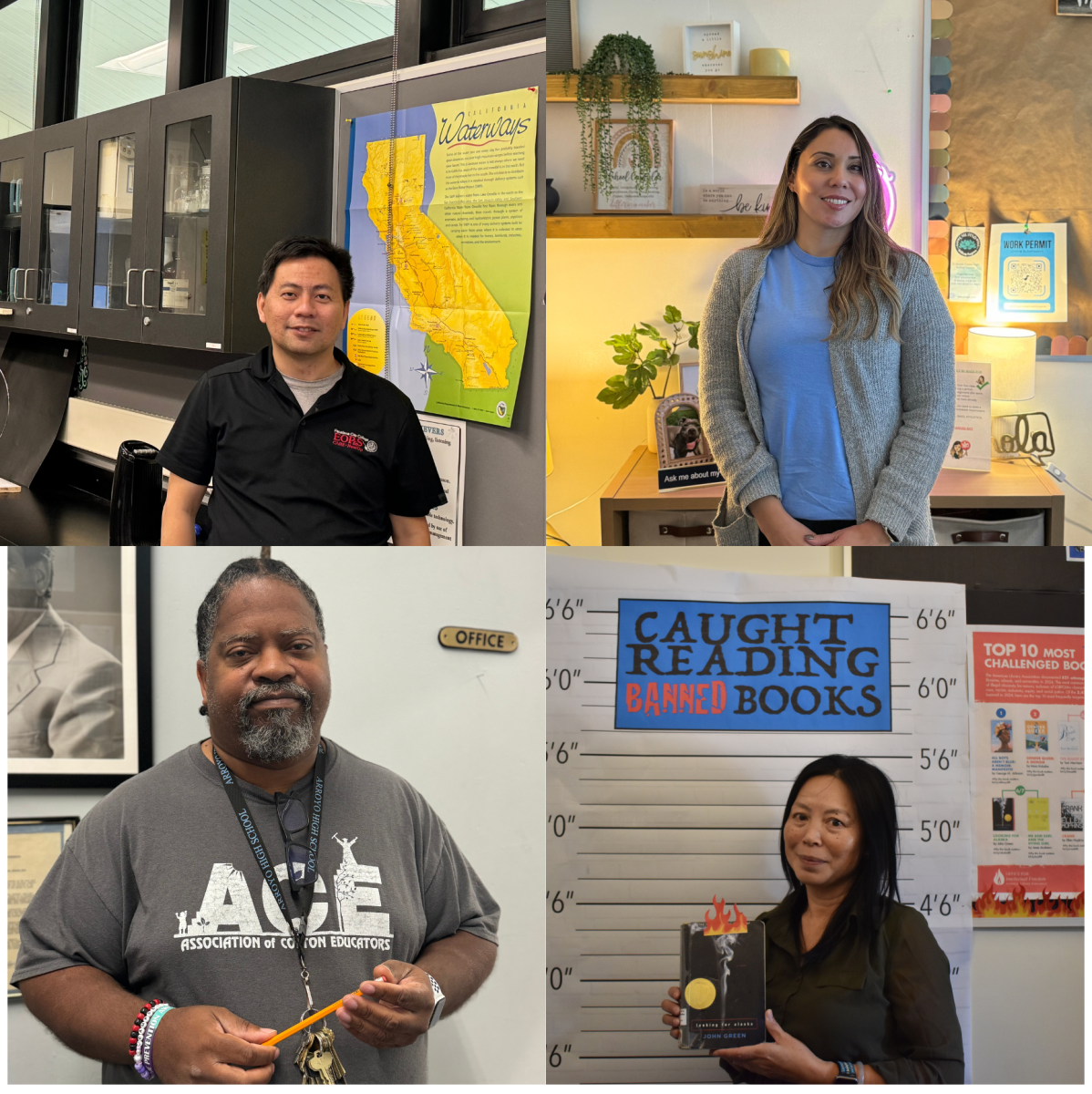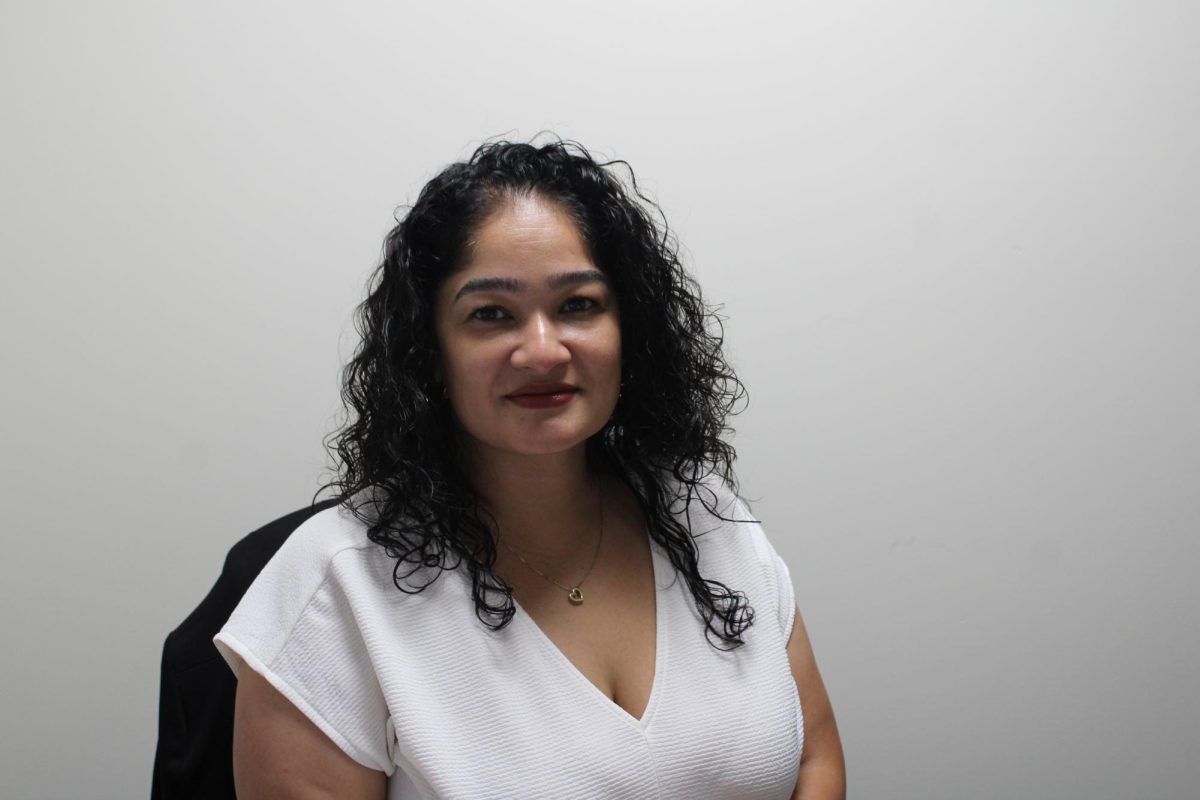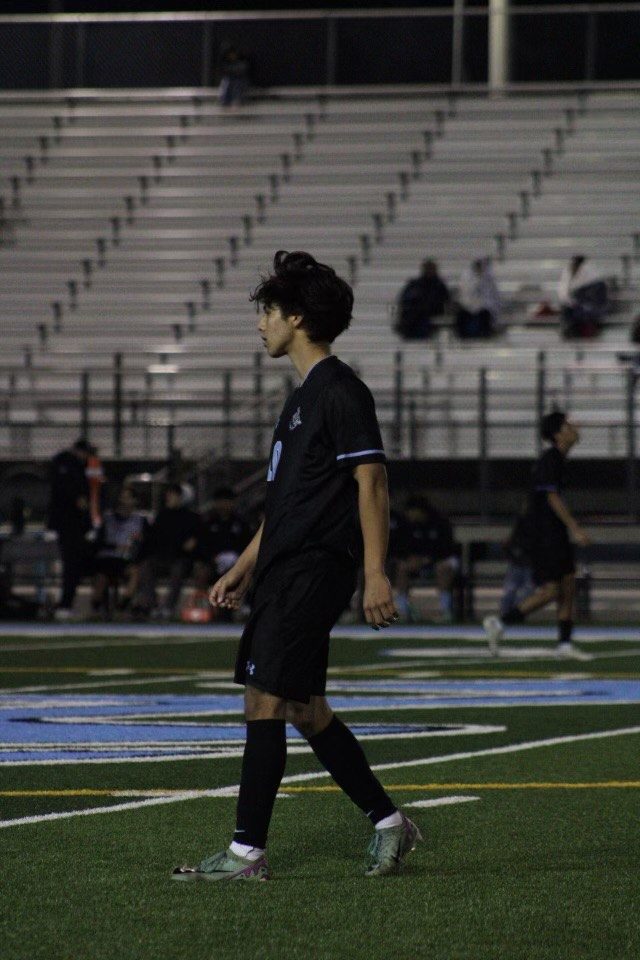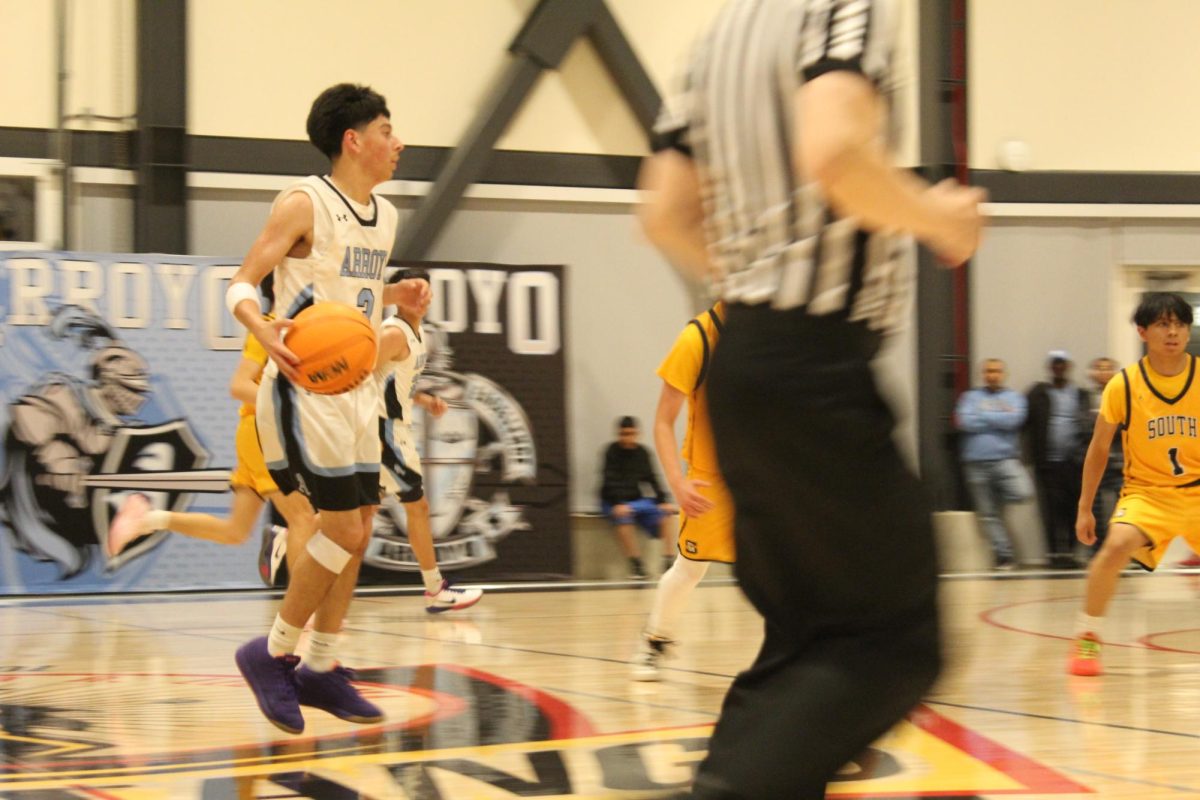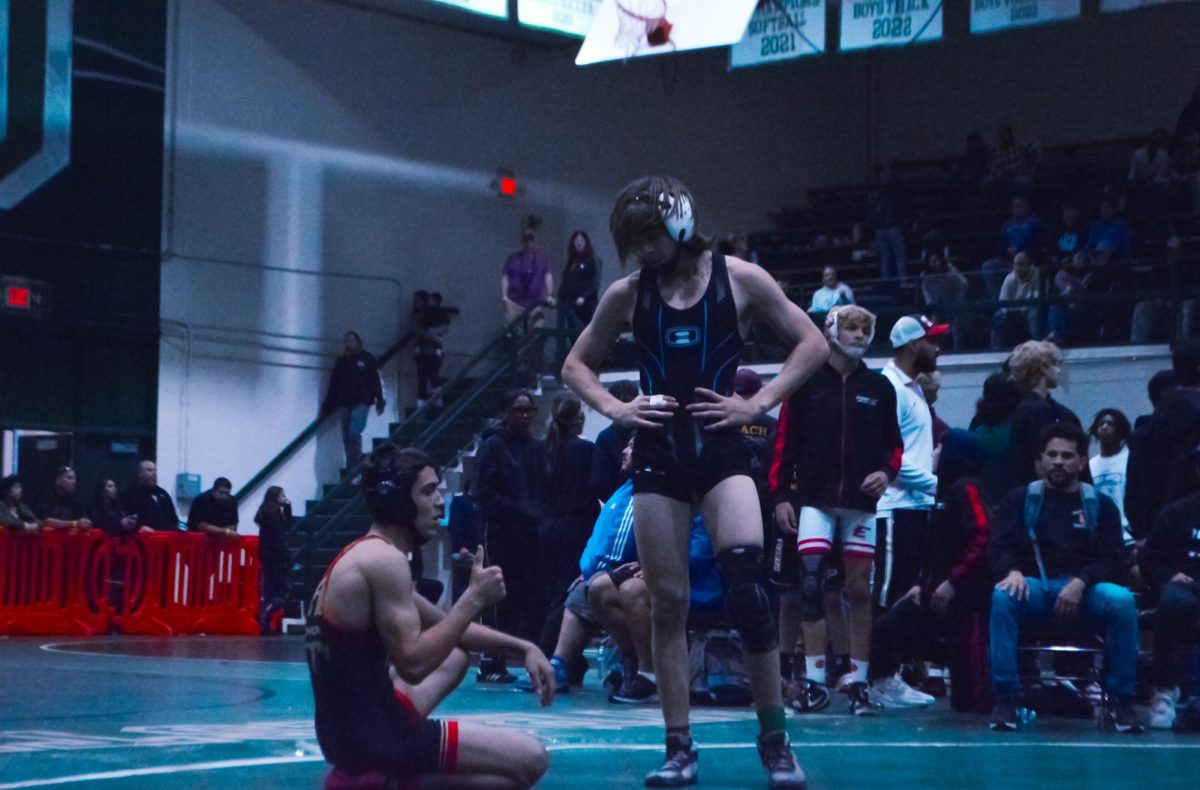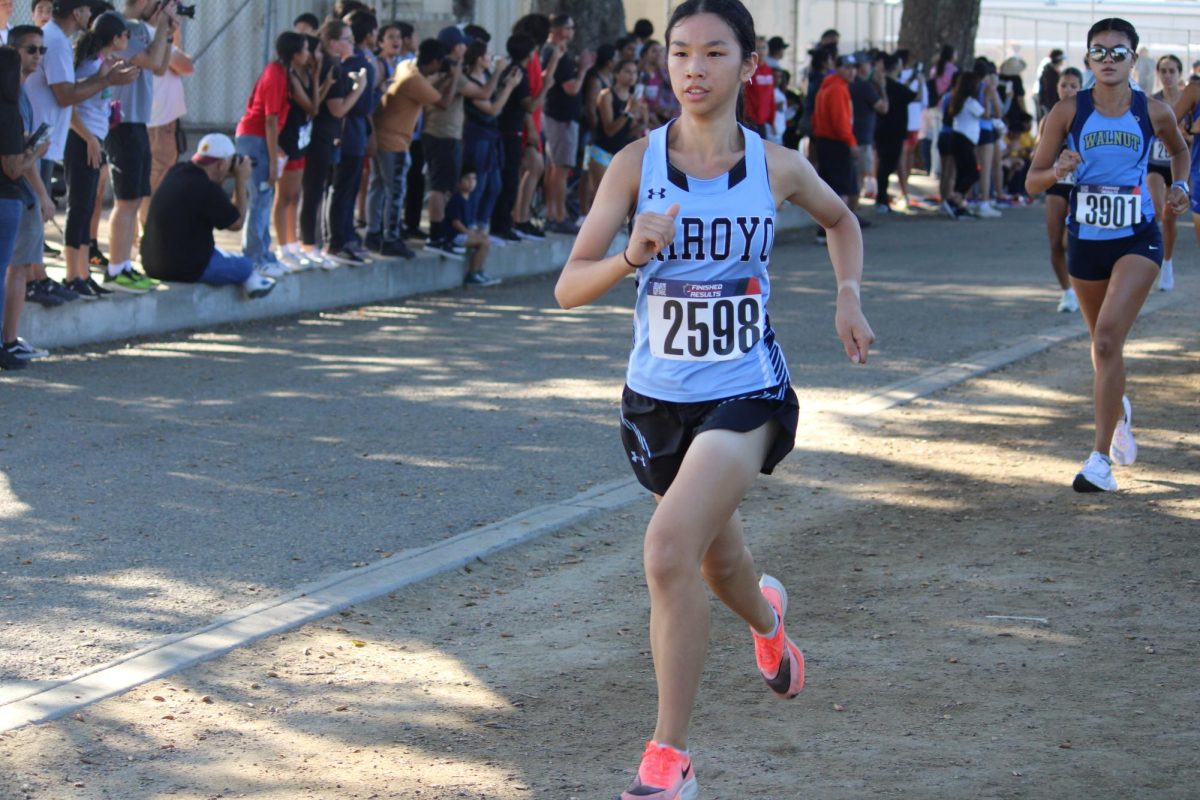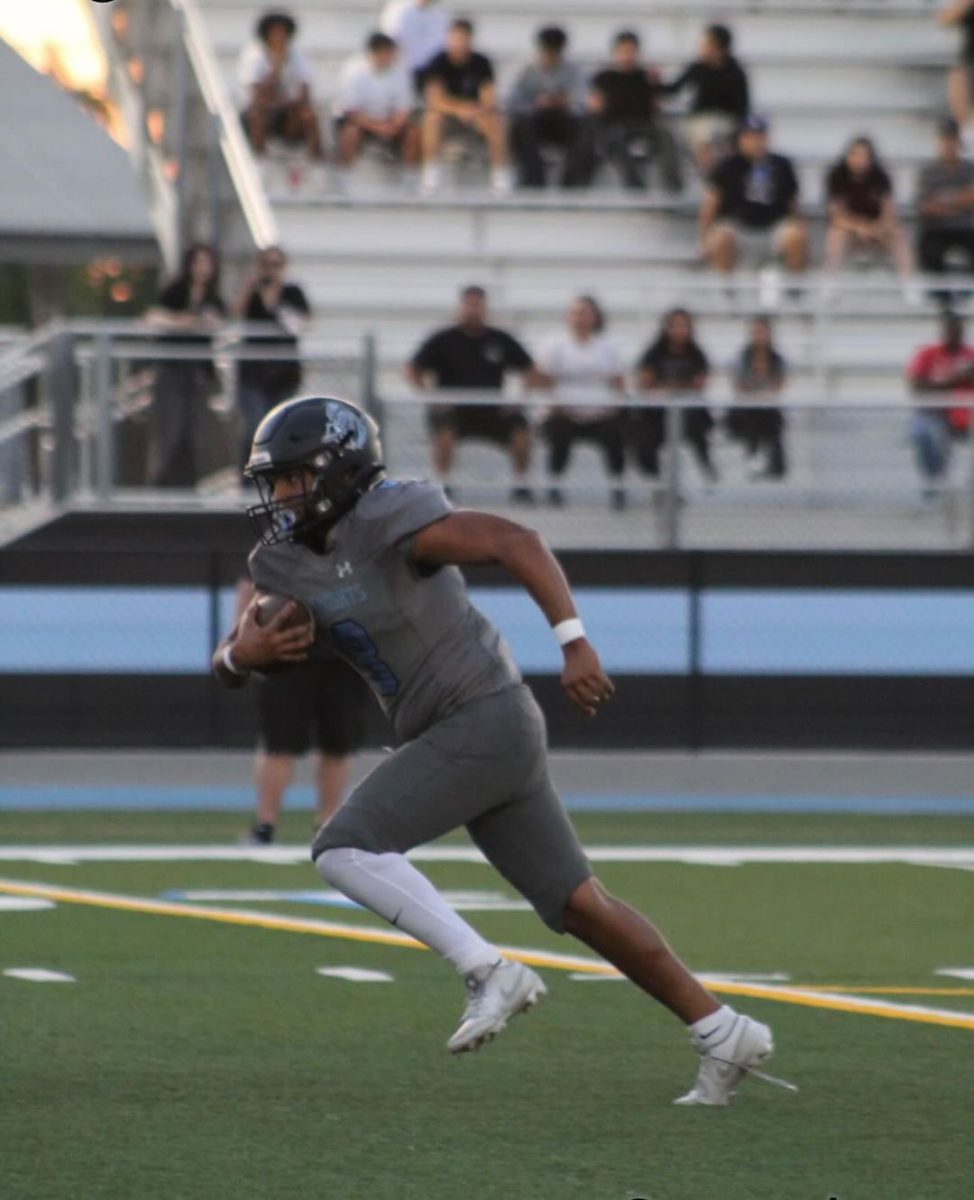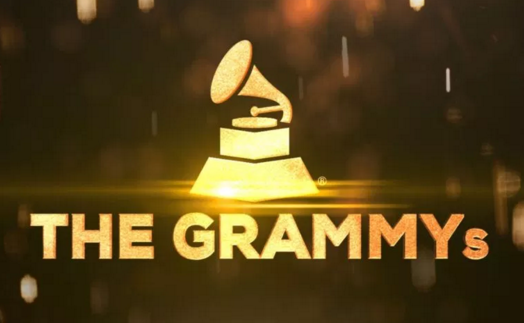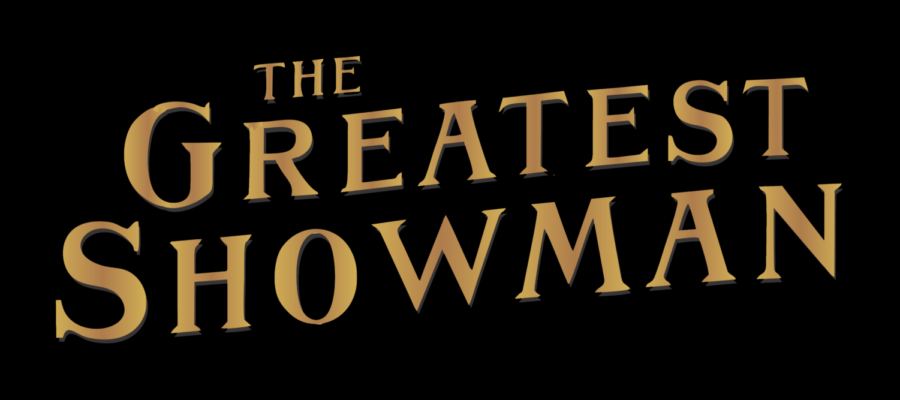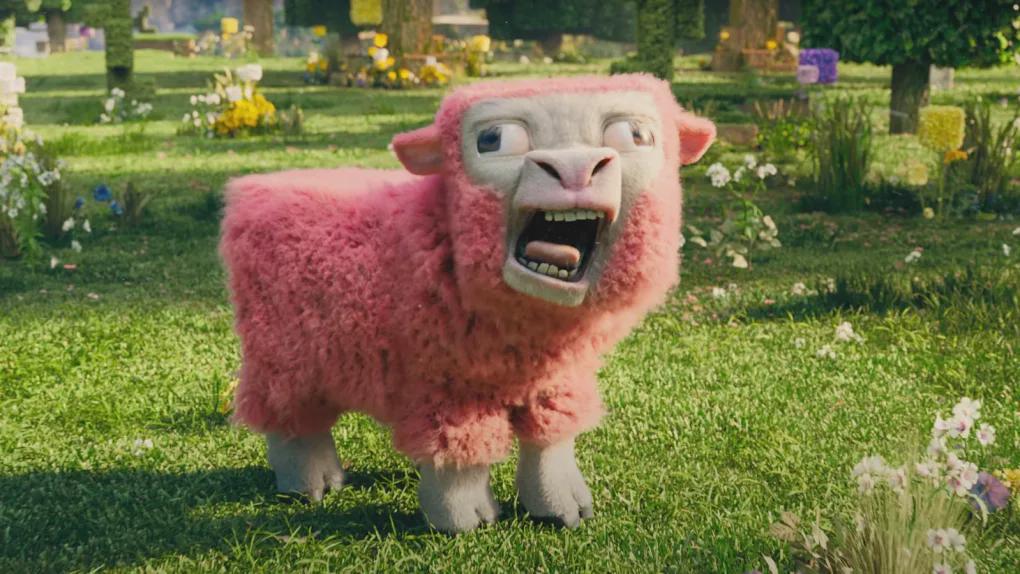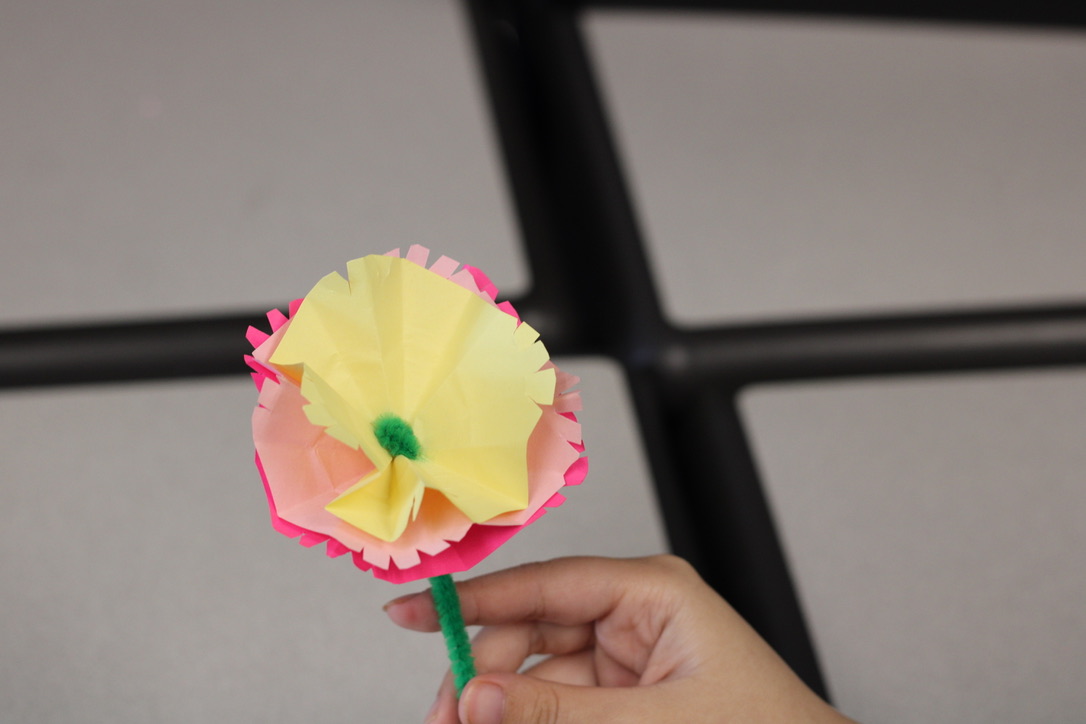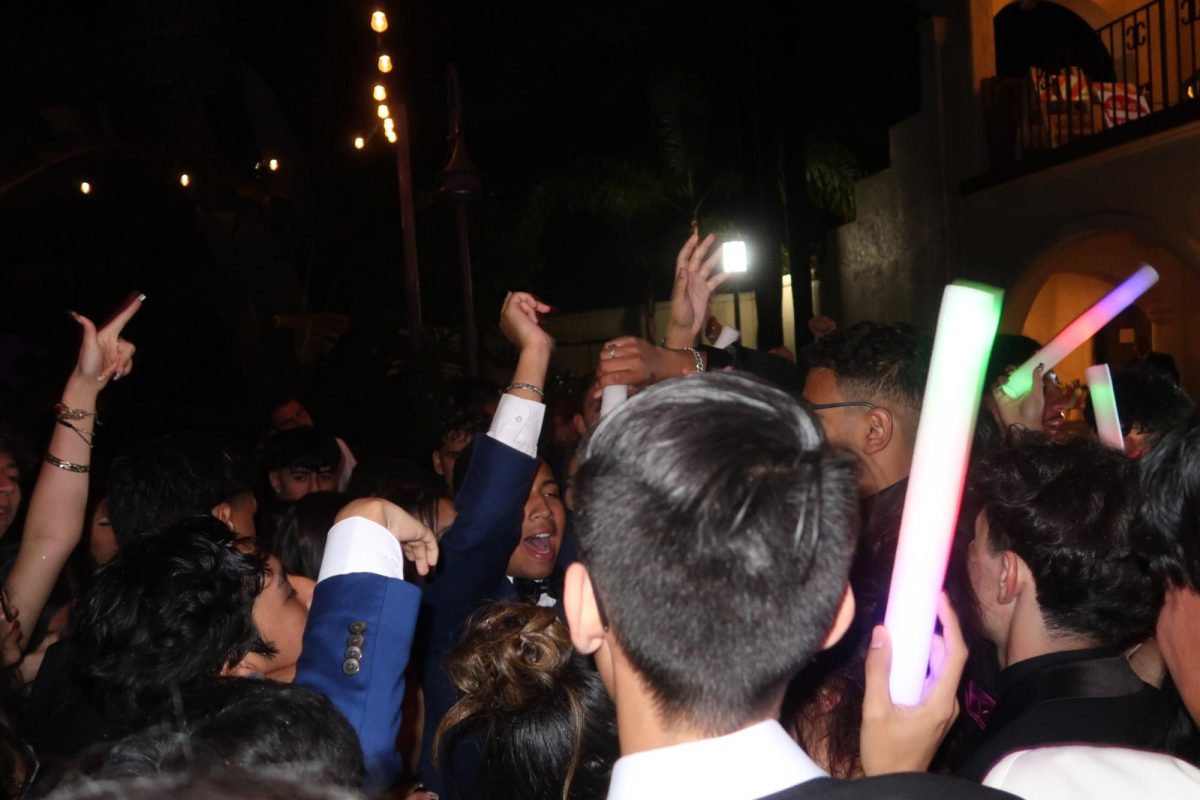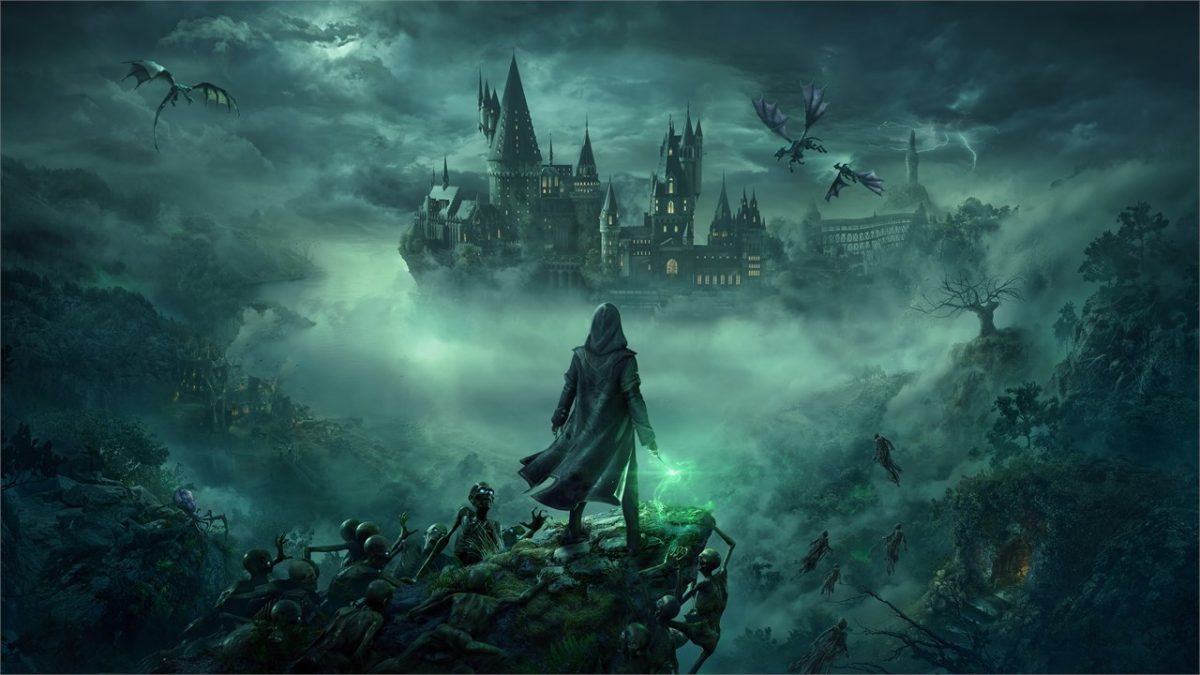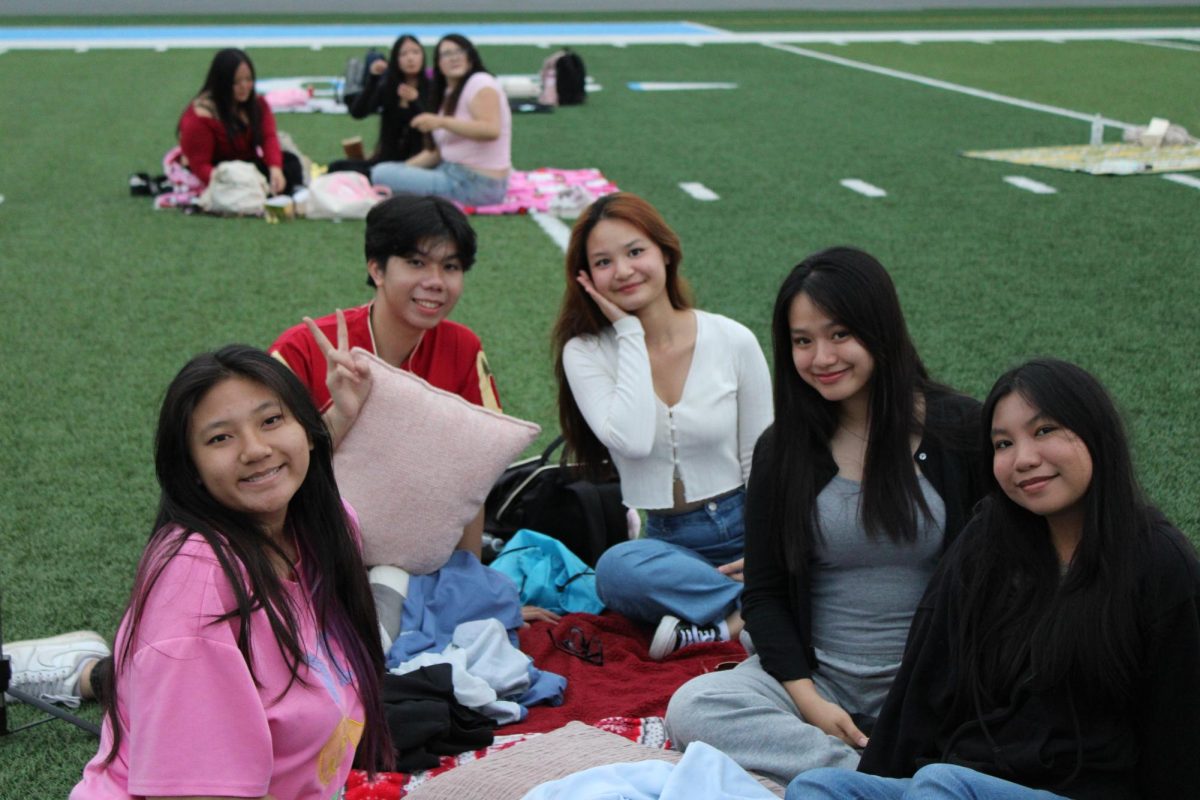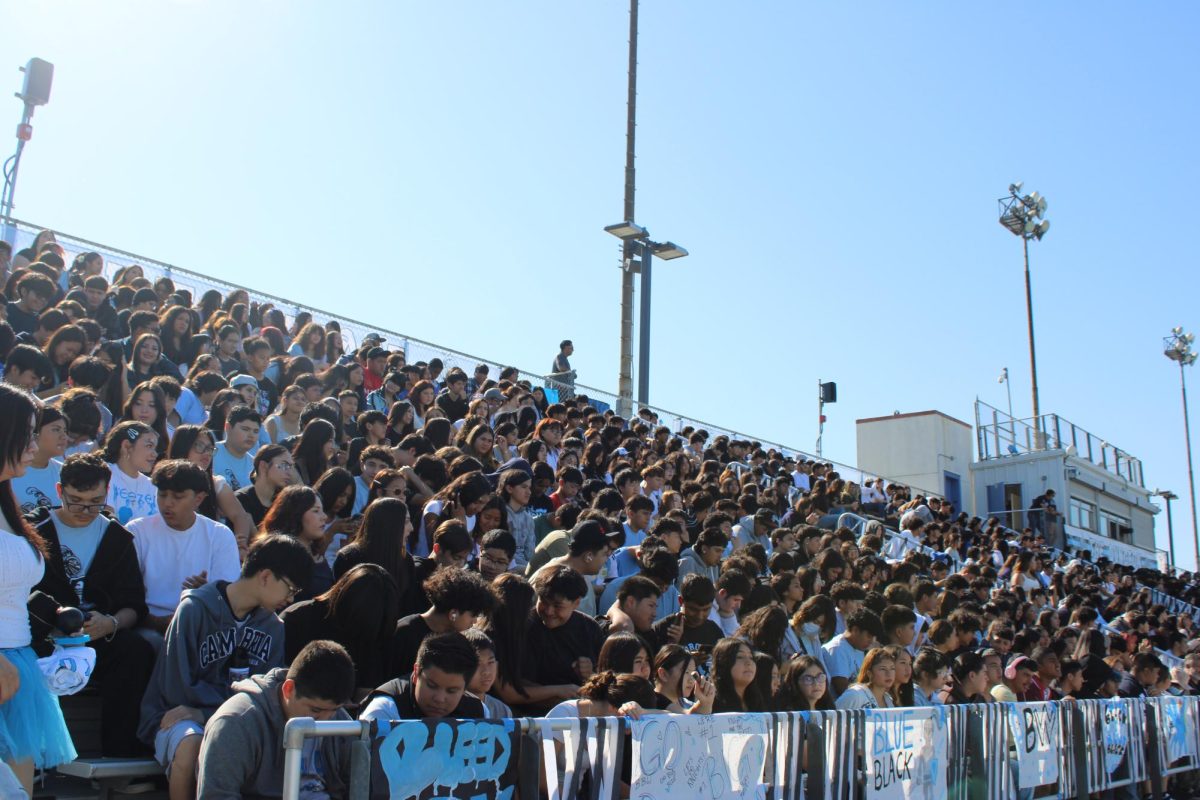A beautiful work of art was created instantaneously with just a few taps into an AI like MidJourney or DALL-E. Not only is it stunning, it also comes at no cost. However, doesn’t it look familiar? Like you’ve seen this style from somewhere before.
That would be because you have and so had the AI that created the work.
According to the newsletter, 2021.AI, loads and loads of data are what an AI needs to carry out the complex action of creating the intricate images these AI became popular for, but that data comes from using the works of many artists. Their art is being used without permission into a work which shows no acknowledgement for their contribution in. Just imagine seeing your work being used as a major part of someone else’s yet no credit is given for the unwilling help. Isn’t this the very definition of plagiarism?
Afterall, these AIs can’t create artwork without the data being fed into it which has its own set of issues to work through. In the case study by the University of Texas, a journalist stated that DALL-E will create women when asked for nurses and men when asked for lawyers. These show that the data gathered by the web server and algorithms has developed stereotypes within the AI’s art.
Those two prompts aren’t the only examples of the AI’s bias as another example from the case study, a professor from Pennsylvania State University has used the prompt for the ideal woman. All that was generated were white women and if not, were all wearing Western-style dresses. There is no diversity in what it creates unless directly asked for.
Another problem that arises from this issue would be its impact on the art industry. Which would you prefer, free art that is given quickly or paid art you have to wait for some time for?
The obvious answer would be the quick and easy art of the AI and that’s the problem. Not only does the AI use the artists’ work, it also takes away any potential customers from those artists. So instead of indirectly taking advantage of the artists’ by using AI for art, you should turn to artists for their work while regulating AI to just entertainment.

